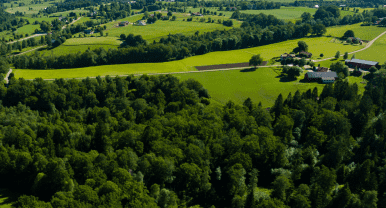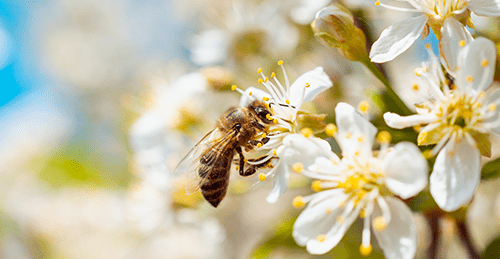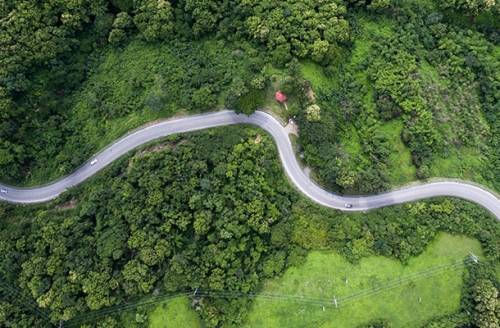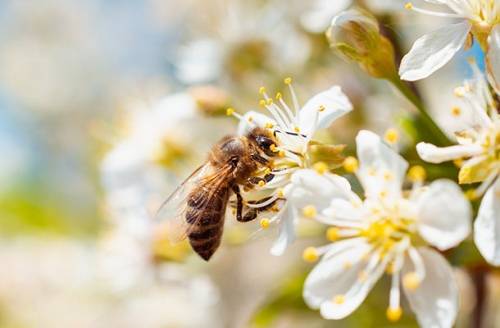Etude de cas
Sustainable viticulture

Discover how in viticulture, we rely on impact measures to accelerate and enhance changes in viticultural practices to better respond to consumers’ evolving expectations.
Etude de cas

Discover how in viticulture, we rely on impact measures to accelerate and enhance changes in viticultural practices to better respond to consumers’ evolving expectations.

The vine is a perennial crop that by definition creates a monoculture right-of-way over several hectares. Responsible winegrowers use the inter-row area, the edges of the vineyard, and the headlands to plant plant species, hedges, woods and other plant cover to compensate for this area. This vegetation will have an impact on the habitat of birds and insects, but also on the food supply. Bees are relevant bioindicators because if the food supply is not sufficient, they will disappear from this area, as will an entire ecosystem. The continuous measurement of food availability with the BeeGuard biomonitoring system will allow to characterize the year in periods of surplus, balance, and deficit. By targeting the actions to rebalance the periods of deficit, wine growers can have the most impact and the best return on their investment.

Like all human activities, viticultural practices can have a significant impact on pollinators through the use of phytosanitary products— but also through the management of plant cover. Today, responsible winegrowers want to measure the real impact of their activity on pollinators. They have a vision of the quality of the environment, including their own neighborhood, to ensure the presence of food in the perimeter throughout each season. Committed vineyards analyze the activity of bees as bioindicators with the BEEGUARD biomonitoring solution to measure if the impact of their changes in crop itinerary is positive and if there are still negative impacts to improve.

The first value added is being able to differentiate oneself by demonstrating the impact of one's real commitments in the field through real measurements. By using bees, the pollinators known to all, as a bioindicator, this didactic value explains and legitimizes the scope of our indicators. The value is considerable when compared to simple communication about our actions. The second value added is the demonstration of a continuous and global improvement approach by supporting the production quality labels.

Beyond the production of grapes and the good health of your vines, you’ll try to compensate the hold of the vine on its environment. Participate in the rebalancing of the surrounding ecosystem. By implementing sustainable and profitable agroecological infrastructures for the ecosystem chain, you’ll need to strike a balance between these environmental services and the control of the economic performance of the vineyard. Targeting priority actions is the most efficient way.
Regardless of whether you’re in a conventional, high-value ecological, or organic market, you’re committed to reducing your insecticide, fungicide, and herbicide inputs and staying in compliance with ECOPHYTO or the European Green Deal. By preventing conflict between your bees’ activity and your agricultural approaches, the arboricultural exploitation will prove the result of its evolutions in the orchard.
We’re talking about a third agricultural revolution: continuing to produce to maintain our food sovereignty all the while being in more sustainable practices and more responsible for the impact on biodiversity. This transition is expected by consumers. It’s supported by public authorities and supply chains. And yet, it’s difficult and must be part of a continuous improvement process. By relying on digital technology and data collected continuously thanks to the bioindicator that is the bee, the transition approach will be based on concrete measures, contextualized with the climatic conditions. This is what allows us to define priorities and feedback and ultimately accelerate the success of this agroecological transition.




BeeGuard's professional sensors are easily adapted on existing hives. The interventions on the sensors are very limited to reduce the interventions of the referent beekeeper.
As soon as they’re installed, the sensors produce data on activity, bee health monitoring, and the climatic context. The data can be consulted freely over time by the dedicated BeeGuard application. All data can be exported for specific use. The ownership of the data is entirely held by our customers, in order to allow them to control the possible diffusion.
An annual report summarizes the analysis of all data and highlights key events. The report also presents key indicators such as food availability for pollinators and daily mortality monitoring.


Reach out to discuss your project and its implementation.


